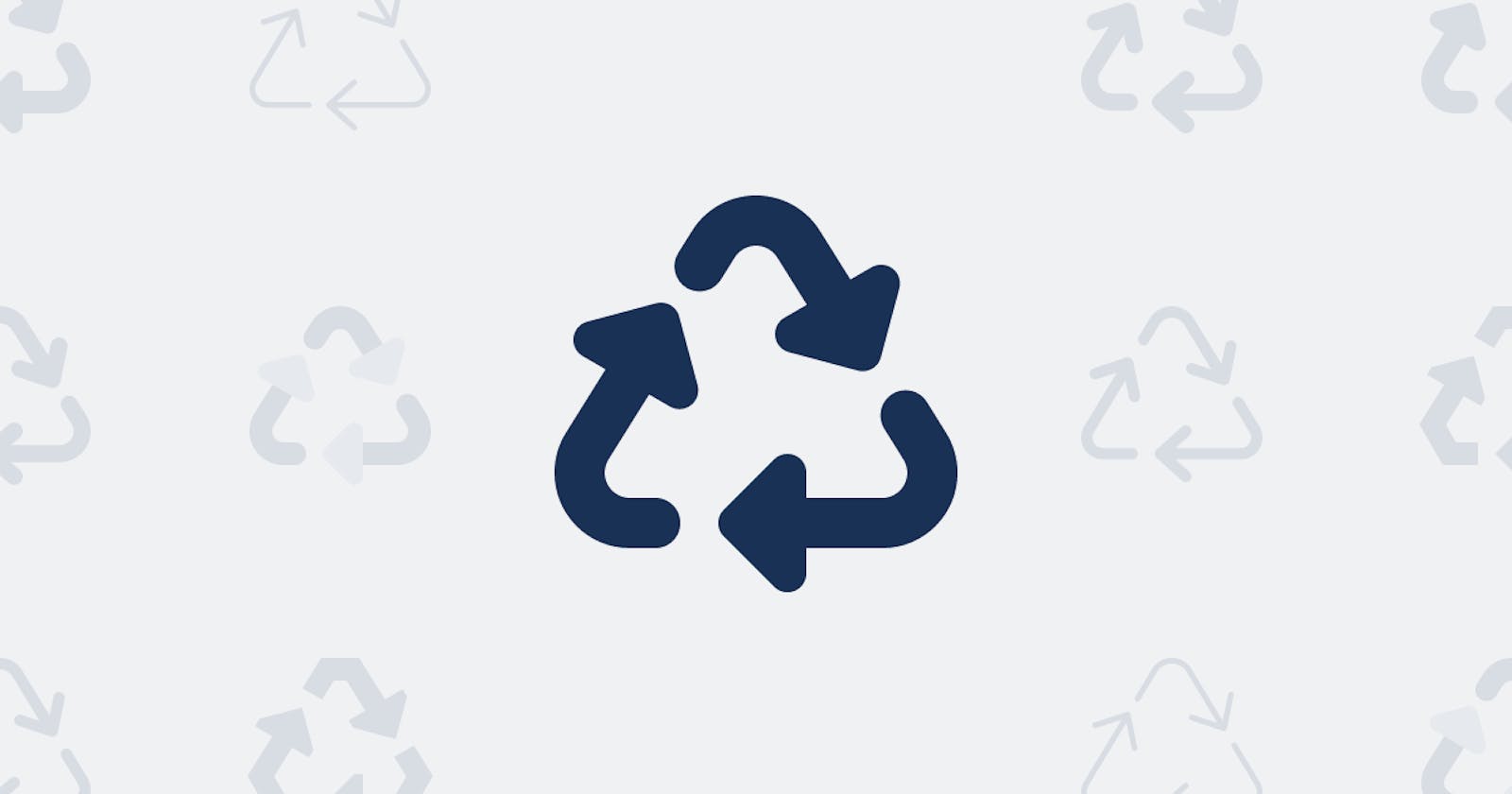Singleton Pattern in frontend
How design patterns can be used in frontend part 1
in this blog post, I will try to explain the pattern in a simplified way the Singleton Design Pattern, its main purpose is to reconstruct the instantiation of a class to a singular instance, I need to clarify that the use case is very difficult to find but if you think about it in a deeper way I found some interesting uses.
The more known use case is to use a class to define the configuration of an application, to make use of this pattern in this use case we need to define a Class with the definitions and a configuration that can instantiate the class only if this instance does not exist like this
class AppConfig {
constructor() {
this.apiEndpoint = 'https://api.example.com';
// Other configuration options
}
}
const AppConfiguration = (() => {
let instance;
function createInstance() {
return new AppConfig();
}
return {
getInstance: () => {
if (!instance) {
instance = createInstance();
}
return instance;
},
};
})();
const config = AppConfiguration.getInstance();
This use case can be some const defined in a simplified way centralizing them or defining them in the env vars of the deployment process that is because is typically known as an antipattern and not a real pattern.
There are 2 ways very handful to use it, one is to use this pattern to govern the state of an application in a simplified way like a JS vanilla application there is an example of this use case
class GlobalState {
constructor() {
this.data = {};
}
setData(key, value) {
this.data[key] = value;
}
getData(key) {
return this.data[key];
}
}
const AppState = (() => {
let instance;
function createInstance() {
return new GlobalState();
}
return {
getInstance: () => {
if (!instance) {
instance = createInstance();
}
return instance;
},
};
})();
// Usage
const appState = AppState.getInstance();
// Set Data
appState.setData('user', { id: 1, name: 'John Doe' });
// Get Data
console.log(appState.getData('user'))
with this use case, we can resolve a simple state management centralized
The other common use case is to use as a Bus or a PubSub system to communicate 2 elements of different scopes
class EventBus {
constructor() {
this.listeners = {};
}
subscribe(event, callback) {
if (!this.listeners[event]) {
this.listeners[event] = [];
}
this.listeners[event].push(callback);
}
publish(event, data) {
if (this.listeners[event]) {
this.listeners[event].forEach(callback => callback(data));
}
}
}
const EventManager = (() => {
let instance;
function createInstance() {
return new EventBus();
}
return {
getInstance: () => {
if (!instance) {
instance = createInstance();
}
return instance;
},
};
})();
// Usage
const eventBus = EventManager.getInstance();
eventBus.subscribe('userLoggedIn', (user) => {
console.log(`${user.name} logged in`);
});
There are some simple examples of this implementation of the more complex to-understand design pattern the Singleton Pattern.

